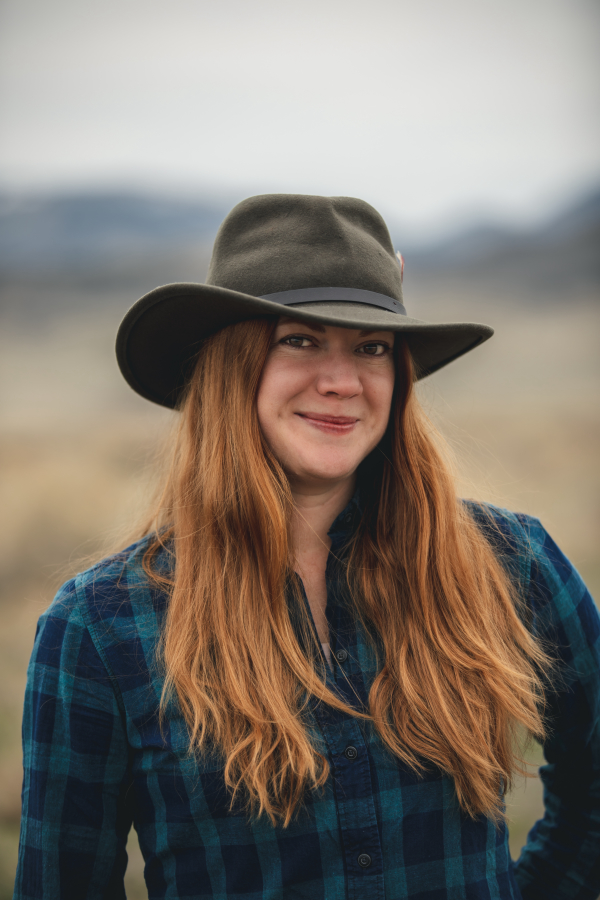The Value of Shooting with a Rest
By Glen Wunderlich
Outdoor Columnist
Member Professional Outdoor Media Association
Accurate shooting is comprised of many elements. First there is the firearm itself – most of which are capable of more than acceptable accuracy. Then there is ammunition – some better than others – but most all factory fodder is up to the task at hand. Handloaders such as myself tend to strive for precision as close to perfection as possible. Of course, today’s optics play a huge role and run the gamut from iron sights to glass capable of spotting the date on a dime at 100 yards.
However, all of the combined components of a good shot are worthless without practice – and not just any practice – but practice from positions to be found afield. Shooting benches are fine for sighting in, and even serve a useful purpose when varmint hunting in some cases. But, deer hunters are not afforded the luxury of shooting from a bench and must make do with whatever is available.
Shooting positions from the least stable to the most stable are offhand, kneeling, sitting and prone, although the latter is seldom practical because of limitations of view. On the other end of the scale, offhand shooting should only be used in cases where hunters are caught off guard or are hunting in areas where shooting distance is within reason. And, reason is defined as being able to hit a 6-inch target 9 out of 10 times. Only practice will dictate a hunter’s personal limits from a given position with a given firearm.
One ingredient can tip the odds in the ethical sportsmen’s favor: a rest. Just as rests are used to minimize human error at the practice range, they can be an invaluable asset afield. Because of modern technology, rests can be deployed by those that brave the elements in any form of stealth pursuit. If you have ever watched one of the African safaris on television, you may have noticed that guides carry some form of bipod or tripod for their clients. With swivel heads and quick deployment – some of which are actually attached to chosen firearms – they offer the stability necessary for an ethical and humane shot. One such option is the Primos Trigger Stick, which can be precisely adjusted with one hand in a moment’s notice and they are available in short to tall lengths.
Even those hunting from fixed blinds can benefit beyond the hard surface of a window opening by using rests. My friend, Joe Reyonlds, has invented a rest fashioned from bar clamps and plywood that can be mounted inside a shack and ingeniously clamped to the window opening in a flash. By adding front and rear filled bags, it’s almost as good as the stationary bench we use when sighting in. In fact, our qualifying session taking place this weekend will have each shooter using the contraption from an actual hunting blind afield, when we stretch our marksmanship abilities to 125, 150, and 175-yards firing at 6-inch, Shoot-N-See targets following the strict guidelines of the 9 out of 10 rule. (If a shooter misses more than 1 shot out of 10, he qualifies only at the previous range in which he succeeded.) Although it’s fun, it’s also competition that will permit shots at the qualified range during the season through our own self-imposed rules of sportsmanship.
And, one final word on the subject of sighting in: Don’t bother if the wind is howling, because you will have sighted in while compensating for the wind, which will have you off target under other circumstances. Wait for calm conditions and then learn the corrections necessary for given wind conditions and your ammunition, then allow for it by holding off the target properly. If you think that slug guns and muzzleloaders are not adversely affected beyond all but the closest shots, you are kidding yourself.
So, get a stack of 6-inch targets, get plenty of ammo, fire away, and learn your personal limitations away from the bench. It’s what sportsmen do.





